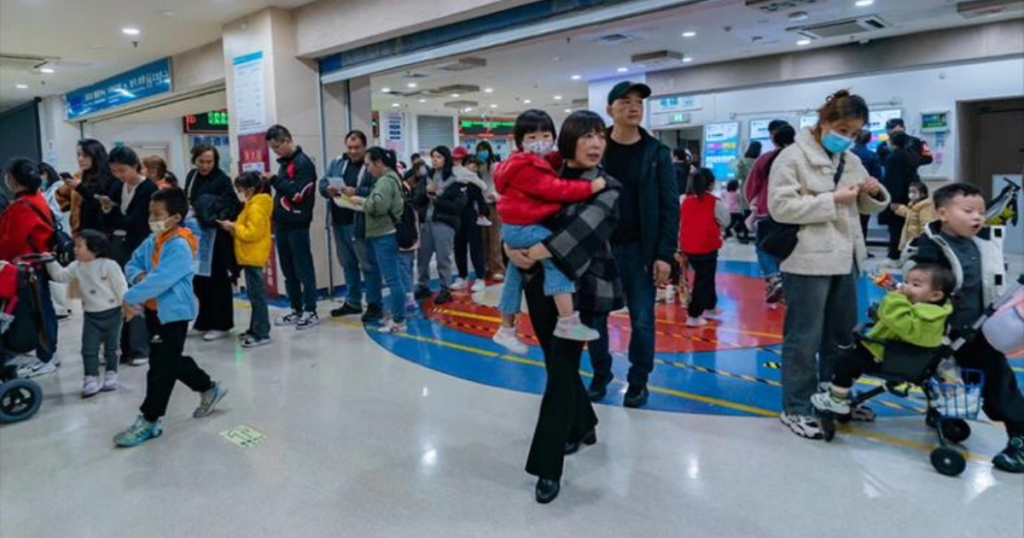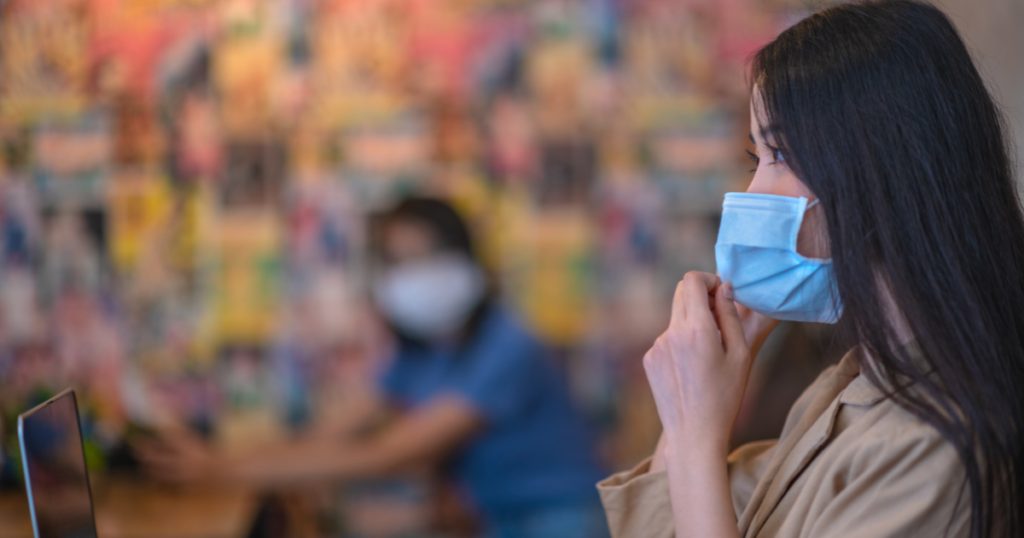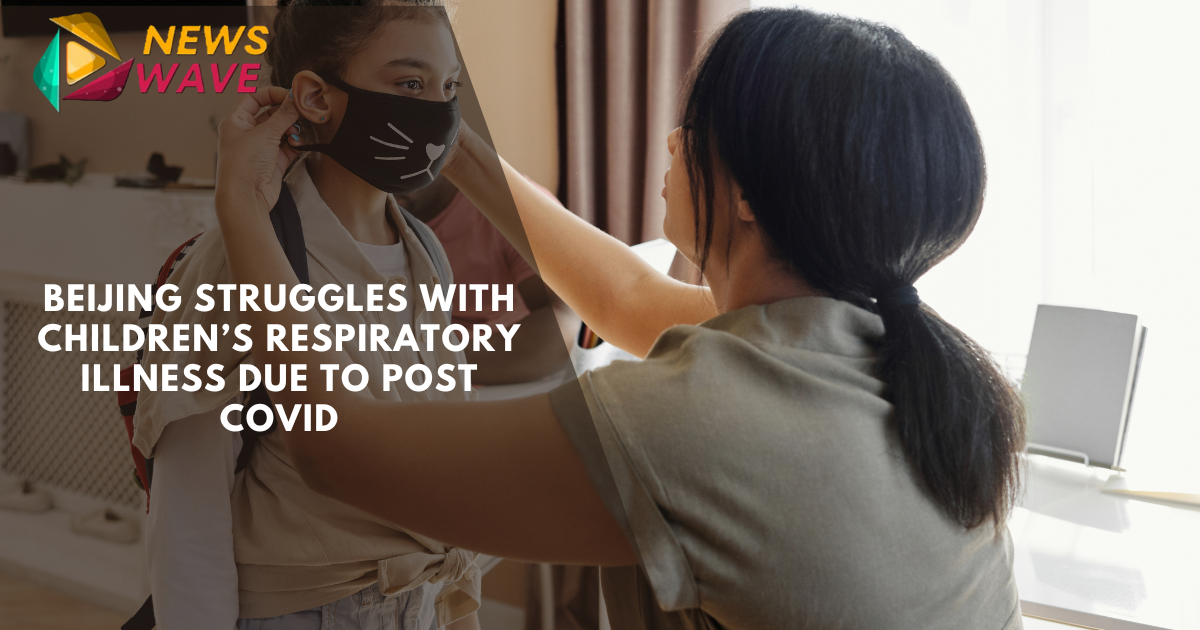After controlling COVID-19, Beijing and Northern China have faced rigid growth in respiratory illness due to post Covid in children caused by HV.1, another Omicron XBB variant. It is the country’s first winter breakdown after recovering from Covid-19. The devastating wait time and constantly increasing cases among kids have caused global worry, demanding alertness calls. The municipal government has warned parents not to take their children to extensive pediatric facilities and to consider health care for initial diagnosis.
Current Situation in China

The situation in Northern China and Beijing is getting worse, as respiratory illness in Children is seriously increasing. This leads to long waiting times and overcrowded emergencies in hospitals. The new sub-variant likely features typical respiratory seasonal diseases like influenza, mycoplasma pneumonia, and respiratory syncytial virus(RSV). The surge in pediatric respiratory illness can become historically higher after the restrictions of COVID-19.
Public Reaction on Social Media
Because of crowded hospitals, Chinese parents have taken their concerns to social media. They spread the photos of hospitals where almost 700 people are in queue and distressed, waiting 13 hours to treat their child. They post these things to highlight health management and increase the children’s concerns about treating them well.
Response from National Health Commission (NHC) and Country Hospitals

The NHC has given alerts about hard waiting times and the risk of spreading infection at large hospitals. They strictly instructed all the vicinity to increase the treatment systems and strengthen hospital management. The National Health Commission advised them to only focus on the identification of severe cases after the arrival of patients. The Beijing Government published news and articles to warn parents about not giving injecting fluids immediately to their child when they have a fever.
Global Concerns and Involvement of WHO
The WHO considers the sub-variant as a global concern and requests the government of China to provide more information about undiagnosed respiratory disease in children. They concluded, after the consultation with Chinese Health Officials, that the growth in illness is mainly due to pneumonia since May and seasonal illness from October. So there is no evidence of new pathogens, relieving the stress and fear of an unidentified threat.
Sub-variant Spread globally

Not only in China, Health Officials in the US and Canada have also issued warnings about a vigorous contagious new variant, HV.1. The University of Kansas Health System, in the United States, reported an increase of HV.1 in patients. Meanwhile, in Canada, the government is witnessing the growth of the virus and has reported many cases since August. The condition of both regions has reflected the concerns raised in China. The only solutions that the countries have reached are the Covid-19 shots and vaccinations to reduce the harshness of the virus.
Conclusion
The current situation of respiratory illness in China serves as an everlasting reminder of the progressing health challenges, even after controlling the worst pandemic. The government highlighted the problems of managing the health crisis and drew attention to the importance of maintaining public health measures. The experts emphasize staying alert against sub-variants in the post-Covid-era.


